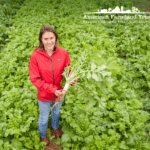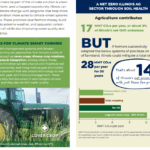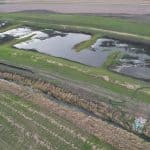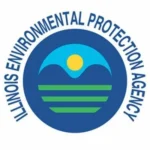Water Quality

Nutrient Pollution Module by Watershed Academy
This module is intended to provide an overview of nutrient pollution and the associated water quality and human health impacts. This module covers the science behind the nutrients nitrogen and phosphorus, the impacts of nutrient pollution on human health and the environment, the sources of nutrient pollution, and federal, state, tribal, and territory actions underway to mitigate nutrient pollution impacts. It also includes the current science on how climate change may impact nutrient pollution. Finally, the module covers the tools, opportunities, and activities available for the public to get involved in these issues.
View Website
Guide to Water Quality, Climate, Social and Economic Outcomes Estimation Tools
The guide features multiple approaches, methods, and tools available to quantify environmental, social, and economic outcomes associated with farm conservation practices. All of the tools can be used by farm conservation project managers without the need for complex computer modeling.
Download Documents
Illinois Farmers and Farmland and Part of the Climate Solution
This 2-page document recaps findings from a report titled “Potential for Conservation Practices to Reduce Greenhouse Gas Emissions and Sequester Carbon on Croplands and Grazing Lands in Illinois” that provides an overview of county-level GHG emission estimates for croplands and grazing lands in Illinois and highlights the significant potential for Illinois cropland to reduce GHG emissions and sequester carbon. The full report and information for additional states are available from the Farmland Information Center.
Download Documents
ISAP’s Edge-of-Field Incentive Directory
ISAP’s Edge-of-Field Incentives Directory provides an overview of edge-of-field (EoF) incentive payment opportunities for farmers in Illinois. EoF practices are defined as those practices which intercept, capture, and treat subsurface drainage (conservation drainage practices) or surface runoff at the field level. The conservation drainage practices include bioreactors, constructed wetlands for tile-drainage treatment, drainage water management, drainage water recycling, and saturated buffers. Surface runoff practices include vegetated riparian buffers, filter strips, prairie strips, and restored wetlands. The directory also includes a “Stacking Matrix” so farmers can easily determine if they may be eligible to stack payments from multiple programs.
Download Documents
FarmDoc Daily
FarmDoc is a program of the University of Illinois Extension that aims to provide U.S. Corn Belt crop and livestock producers with constant access to integrated infromation and expertise to better manage their farm businesses. FarmdocDAILY aims to publish short, daily articles on a variety of agricultural topics.
View Website
Illinois EPA Bureau of Water: Water Quality
The Illinois Bureau of Water is committed to ensuring that every Illinois public water system provides water that is superior quality, meets all regulatory requirements, and that Illinois’ groundwater resources are protected for designated drinking water and other beneficial uses.
View Website- « Previous
- 1
- 2
- 3
- Next »